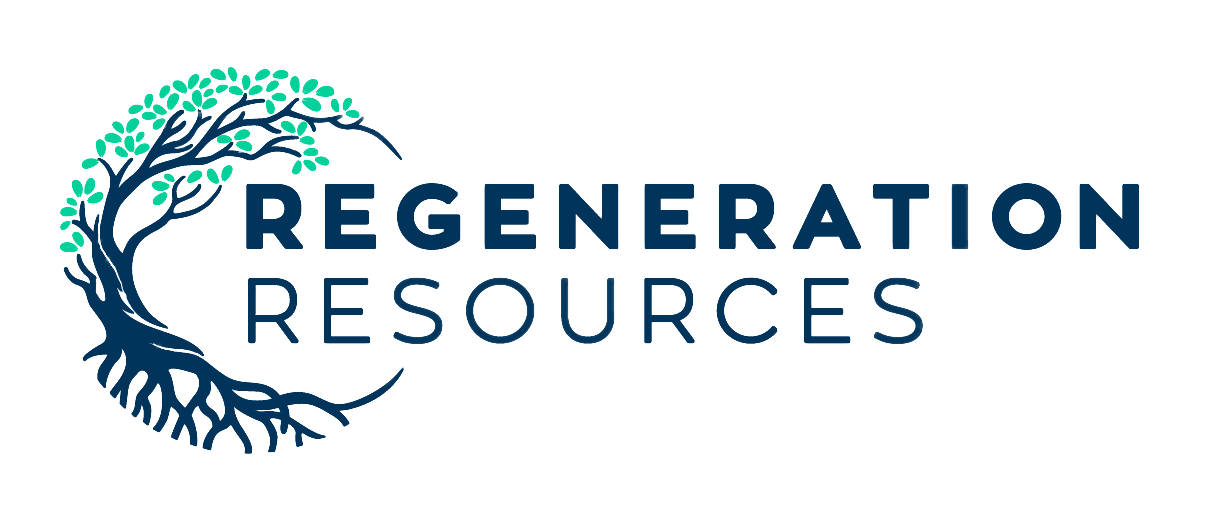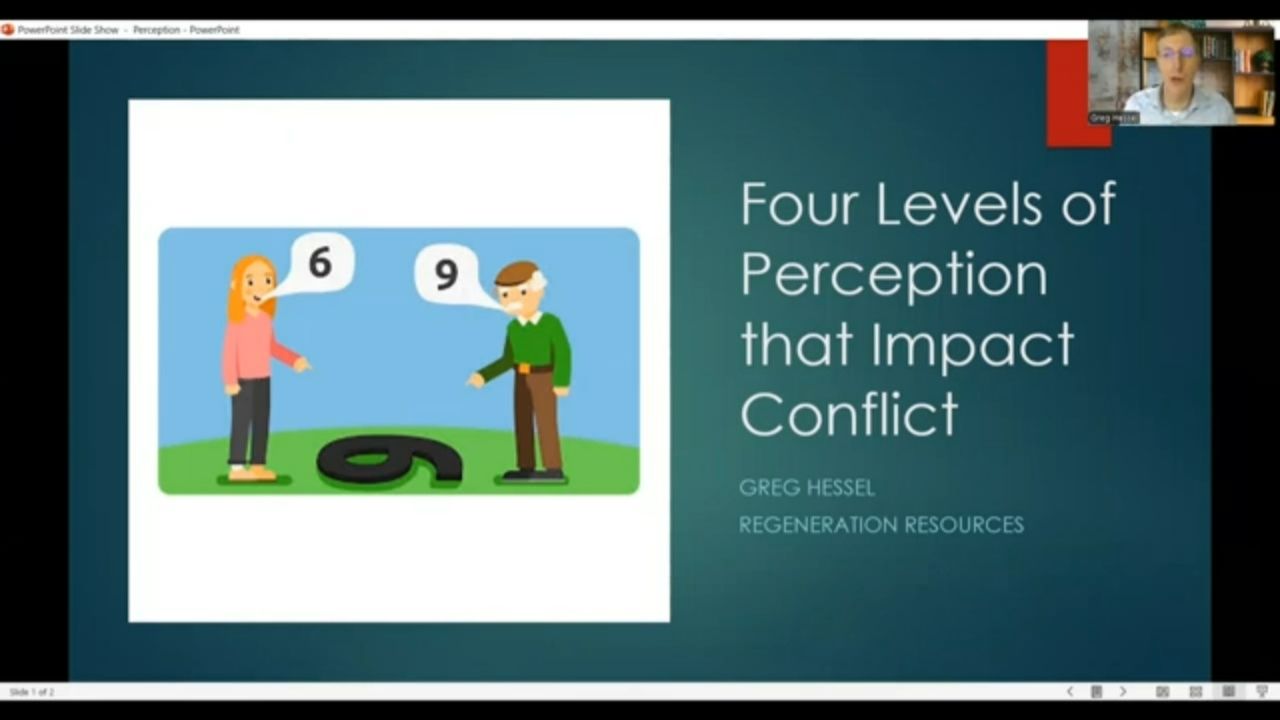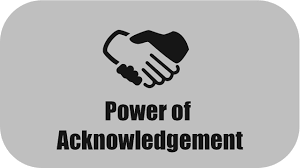A Conflict Management Checklist for Difficult Conversations
Things to Think About When Managing Conflict

Resolving conflicts is hard work. To focus that work I developed the following checklist. Use the checklist as a way to plan for difficult conflict conversations. The list is divided into two sections: 1) Work to do on your own before the difficult conversation, and 2) the work to be done with the other person.
List for you to do on your own
1. Identity the emotions you are feeling and commit to suspending reacting from your emotions.
2. Ask, “What can I learn from this?”, “What buttons of mine are being pushed and where do those buttons come from?” Look at your conflict triggers. Don’t think about what you can say or do to win or be right.
3. Try to muster intentions of empathy and curiosity.
4. Commit to not confronting the other person when you are off-balance or when your goal is to win or make them wrong.
5. Look at your contribution to the conflict and commit to taking responsibility for it with the other person.
6. Consider what to say and how to say it so that they won’t feel blamed.
List to do with the other person
1. Pick a time and a location that is conducive to good communication.
2. State your long-term goal in a positive way. The goal should not be about what you don’t want, but rather about the most positive future you can imagine. (“I want to have this conversation with you, even though I am nervous about it, because I want to work in a stress-free environment and I think we can achieve that.” Or “. . . because I want to have an authentic, long-term friendship with you.”)
3. Ask them if they are willing to talk.
4. Deliver the message by:
a. Telling them what you discovered about yourself.
b. Using “I Statements” be conscious of:
i. Communicating emotions after saying “I feel . . .
ii. Using descriptive rather than judgmental language.
iii. Not blaming them for your feelings.
5. Ask them how they see things and then listen to them without interrupting.
6. Listen some more. Don’t judge, don’t react. Just be present and listen.
7. If there are things they said that you agree with, tell them. Try to agree with something
8. Problem solve with them by asking what you could do differently.
9. When you think you have reached a decision, restate it to them to make sure you are both agreeing to the same outcome.
10. Talk about what to do when things go wrong in the future.
Every few months I produce a free newsletter. No Spam. Unsubscribe anytime.
For a taste, view the archives
SUBSCRIBE
Thank you for contacting us. We promise not to Spam you and we'll get back to you as soon as possible.
Please try again later.
Blogs and vlogs are sorted by topic at the bottom of each service page
STRATEGIC PLANNING
CHANGE MANAGEMENT
CONFLICT MANAGEMENT
TEAM BUILDING
ASSESSMENTS
EXECUTIVE COACHING
IMPROVING EFFICIENCY
BOARD DEVELOPMENT
See the world as you want it to be and learn how to make it that way.
802-251-0048
Brattleboro, VT 05301
QUICK LINKS
SERVICES
SUBSCRIBE
Thank you for contacting us. We promise not to Spam you and we'll get back to you as soon as possible.
Please try again later.




